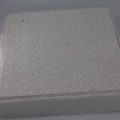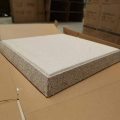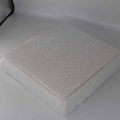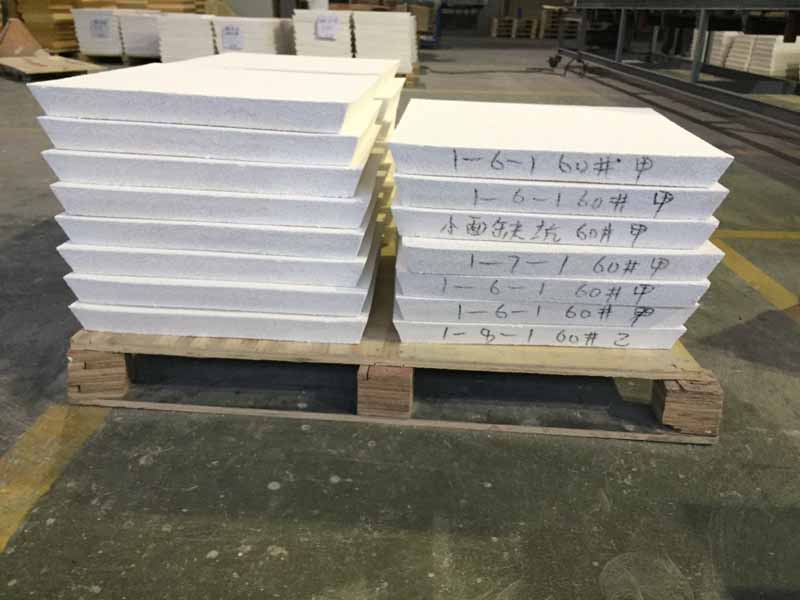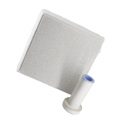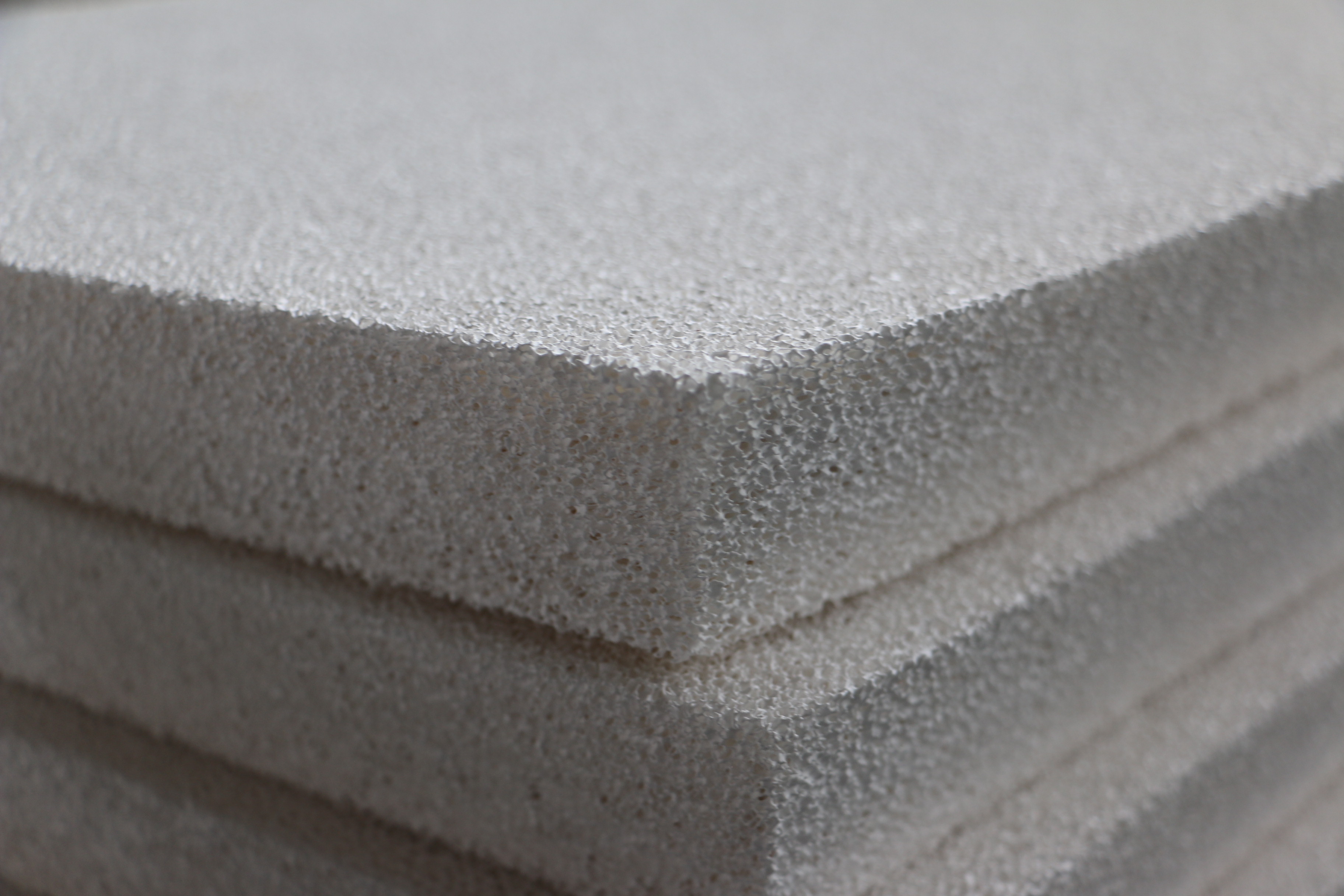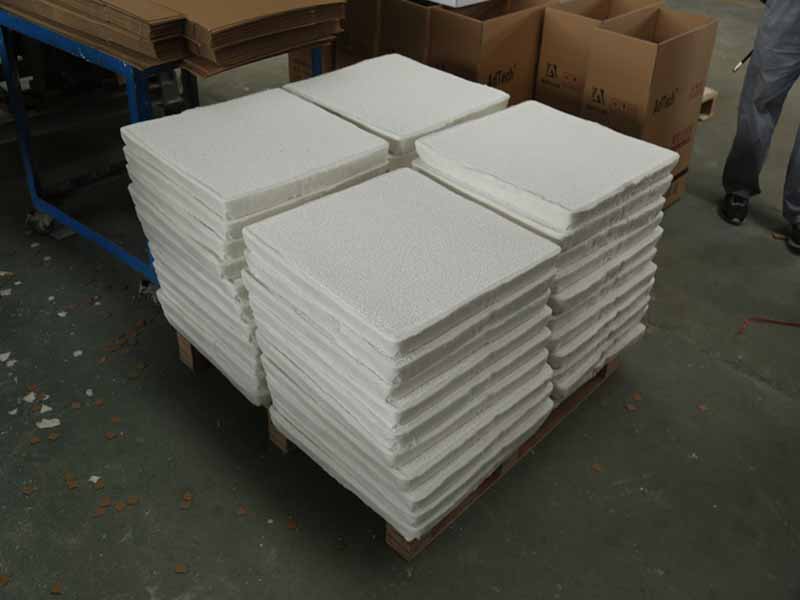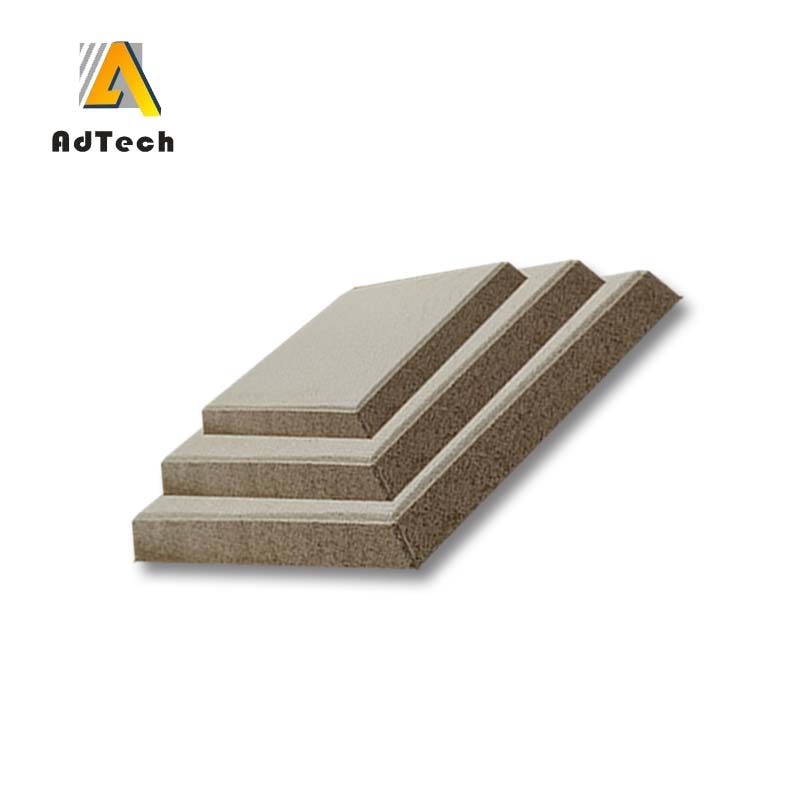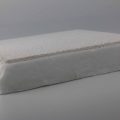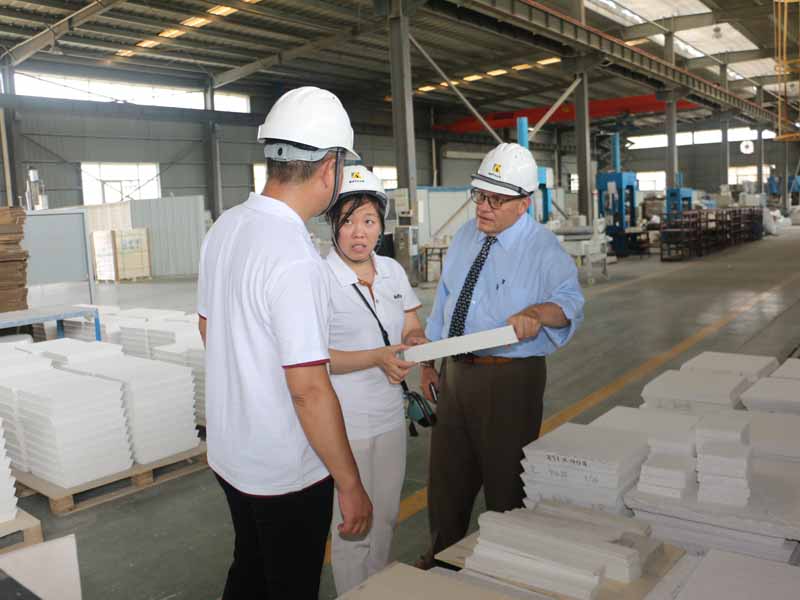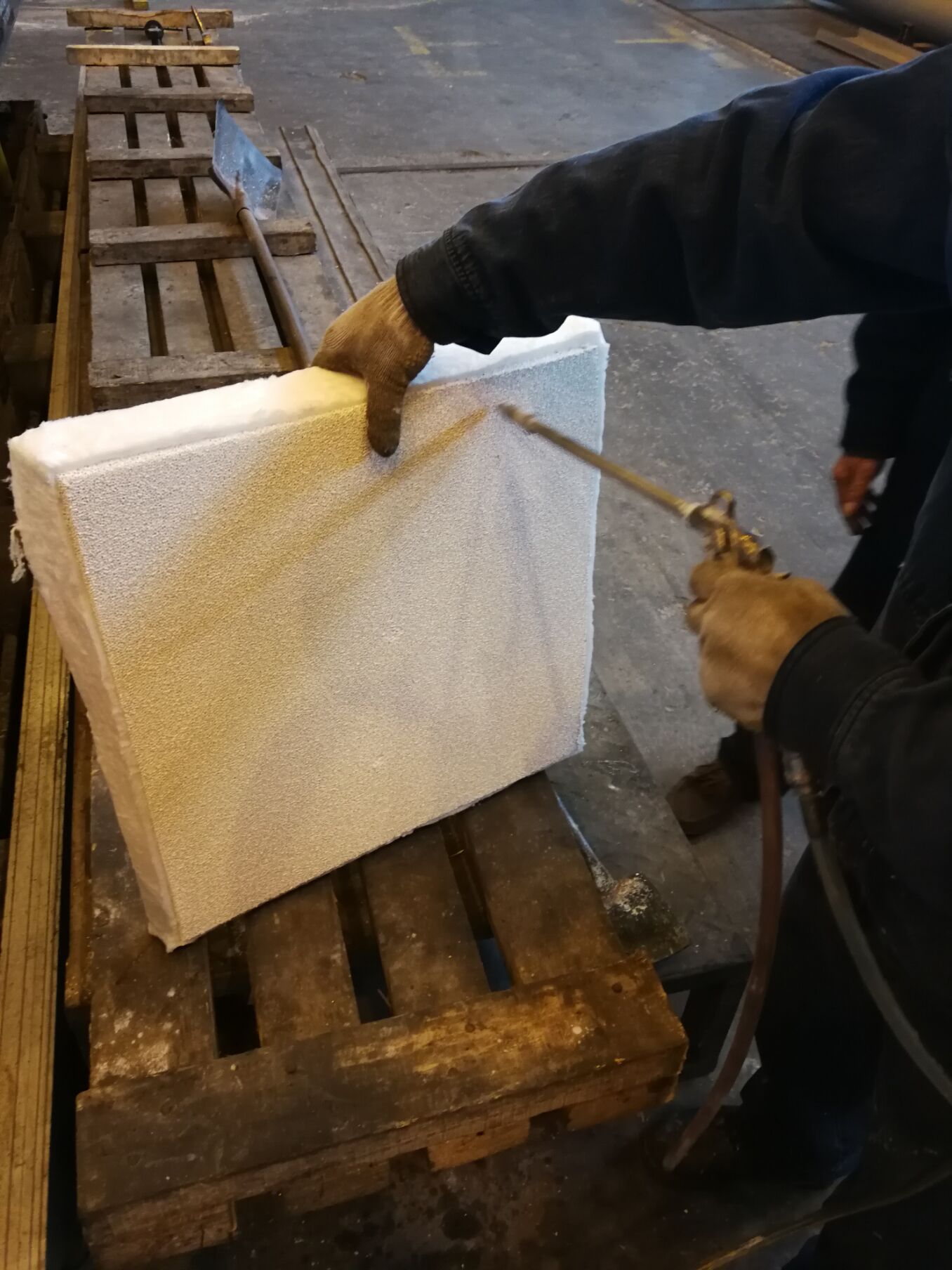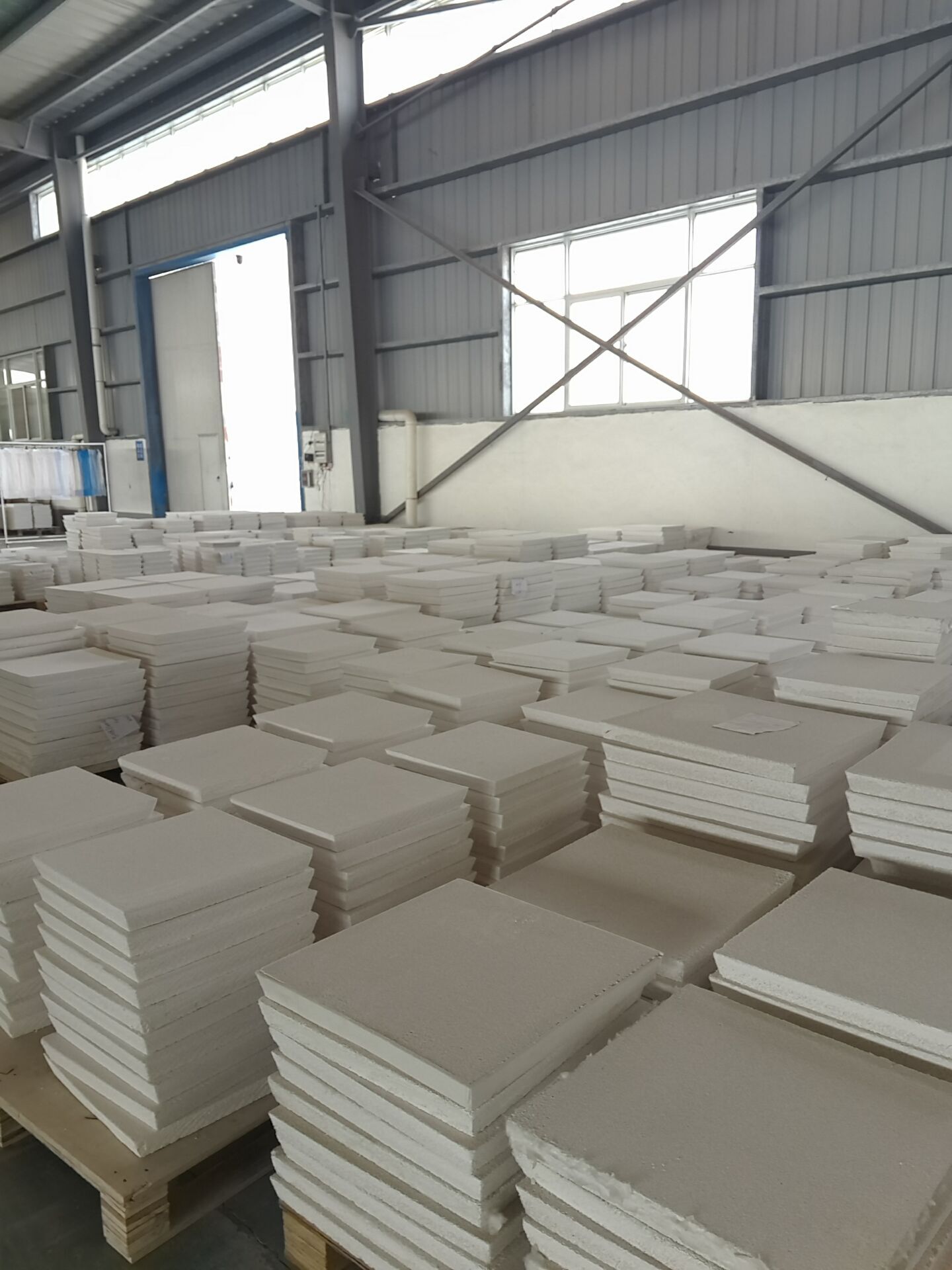Sell Filter Foundry by Adtech, which will tell that filter foam Ppi refers to the number of honeycomb holes on a square inch ceramic foam filter.
Generally, 15-20 PPI are large pores, 25-30 PPI are mesopores, and 35 PPI or larger are small pores.
In Chinese standards, 25Ppi filter foam is not a traditional model.
Aperture (PPI) 20 30 40 50 60
Inclusion diameter (um) 80 40 20 10 5
Filtration rate (%) 78 85 88 92 95
How to choose the right ceramic foam filter
If you want to use Filter Foundry, please contact sales@adtechamm.com
1. There are many impurities and the casting quality is medium.
You can use a ceramic filter plate with a larger mesh and add a glass cloth coarse filter in front of the filter plate.
At this time, semi-continuous casting is very important for coarse filtration using glass cloth.
It can cut the slag from the opening of the furnace eye and flush the slag from the car wash tank to prevent the filter plate from clogging.
2. The aluminum casting products are of high quality, and use a new type of macroporous ceramic foam.
3. The specifications of the ceramic filter plate depend on the flow rate of the aluminum melt and the total output.
4. The color is pure and free of impurities, indicating that the material is uniform. The hands are not sticky, indicating that the surface is not sprayed with adhesive and will not cause secondary pollution.
5. When purchasing a filter, please carefully evaluate the effective specific surface area or porosity calculation of the foam.

Sell Filter Foundry to a Chinese aerospace brand.
The extended product of a certain series of alloys has a high degree of alloying, especially the content of a certain element, breaking through the highest peak of existing finished alloys in the melting and casting plant.
The forming of this alloy brings no small challenge to the casting work of the melting and casting plant.
The trial production process uses Adtech Filter Foundry.
Before production, technical personnel took the lead and organized a production exchange meeting. Through continuous exchanges and discussions between on-site personnel and technical personnel, summing up past experience and comparing the characteristics of the alloy, a set of aluminum liquid purification process was initially formulated.
During the production process, various departments of the melting and casting plant actively organized and cooperated with each other to provide convenient conditions for smooth production.
During the casting, technical personnel gave theoretical guidance on site, led by the casting foreman, and expert operators conducted on-site process trial production.
After bold process exploration and meticulous on-site operation, the alloy was finally successfully trial-formed, and the on-site forming rate reached 100%, which provides strong data support for future mass production.
https://www.youtube.com/channel/UCPjIxS-axiCJDpMgfShxguQ/videos


